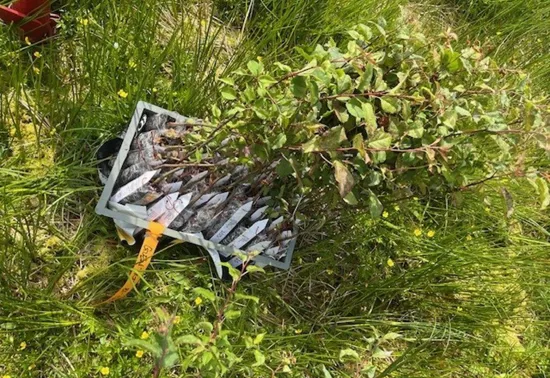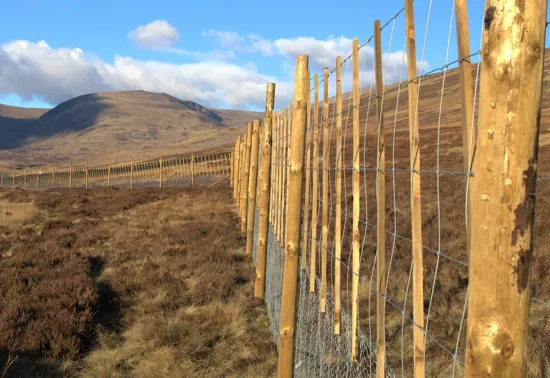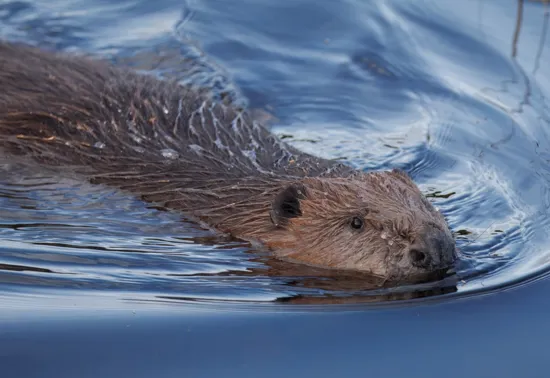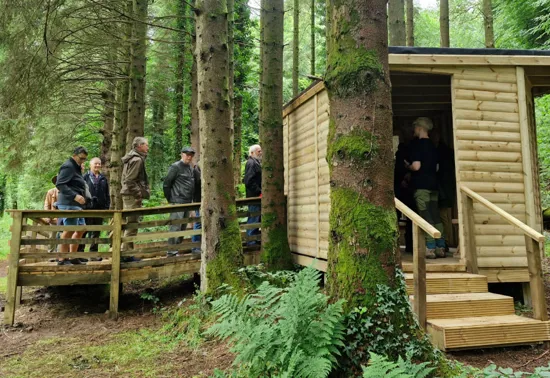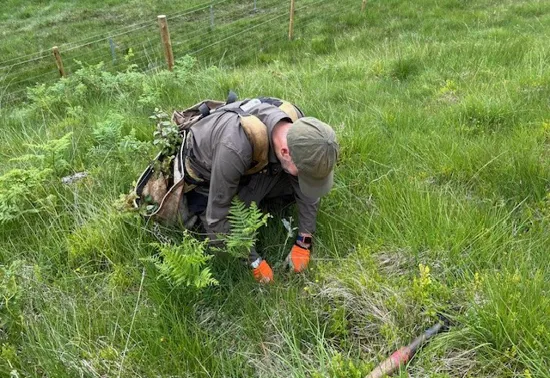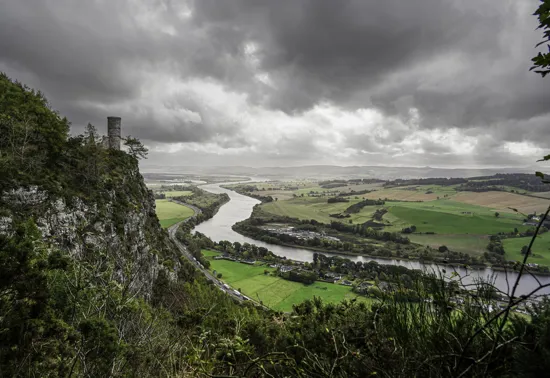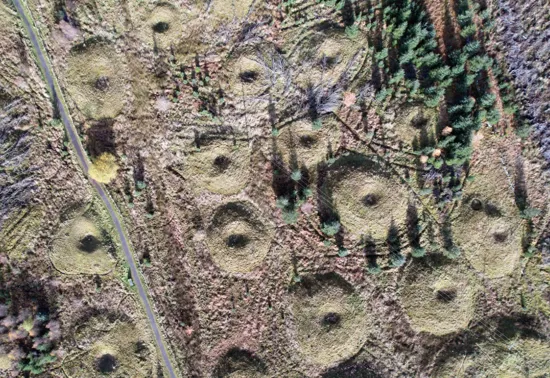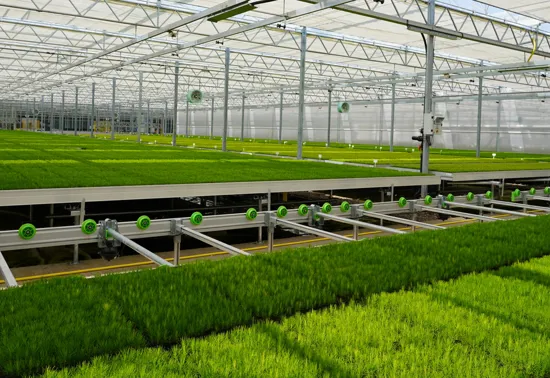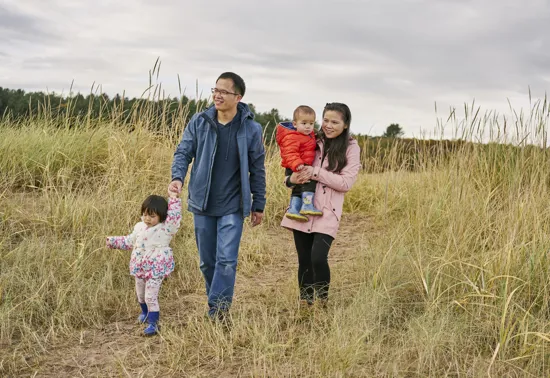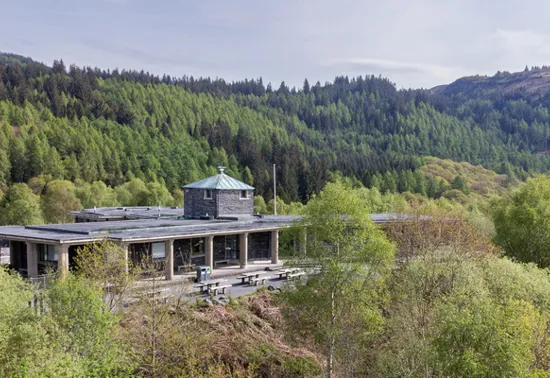Monday, 22 December 2025
The winter solstice happens when the North Pole reaches its maximum tilt away from the sun. For many, it's a time to celebrate as the days now begin to lengthen. But we're not wishing away the long ni…
Tuesday, 11 November 2025
Did you know that many trees in Scotland are at risk from pests and diseases? Many species can live for centuries - but infections can cause them to deteriorate and die within a few weeks. Since we ma…
Tuesday, 21 October 2025
Ever heard of Apple Day? This is a time to celebrate all things apple, including Scotland’s rare native apple species – ‘Malus sylvestris’ or 'Fiadh-ubhal' in Gaelic.
Wild apples are the parent specie…
Friday, 03 October 2025
It’s Scotland’s Climate Week 2025 and we’re highlighting our work across the public sector, businesses, and communities to ensure we are climate ready together. Last November we highlighted our plans …
Monday, 29 September 2025
As part of Scotland’s Climate Week we are highlighting some of our work with key partners across national forests and land to ensure we’re climate ready together. At the end of last year we prov…
Friday, 19 September 2025
This summer, we launched Vincent Wildlife Trust’s Martens on the Move Pine Marten Haven site at Kirroughtree. The project aims to increase knowledge and understanding of pine martens across the wider …
Wednesday, 20 August 2025
We’re helping to conserve wild apples (Malus sylvestris) by planting 500 wild apple trees.
Donated by the Royal Botanic Garden Edinburgh (RBGE), the wild apple trees are one of the focal species…
Wednesday, 13 August 2025
Welcome to Perthshire.
Also known as Big Tree Country, this part of Scotland is full of secret spots and impressive conifers. Explore our blog to learn more about the area and all it has to offer.
Kin…
Friday, 01 August 2025
Are you interested in learning more about Scotland’s past this summer?
In Scotland we are lucky to have a rich and diverse history. This can be discovered by visiting one of the many archaeological si…
Wednesday, 30 July 2025
Significant strides have been made at our new state-of-the-art nursery as the site moves towards being fully operational.
Since the handover of the site in February, nearly 12 million seedlings have g…
Thursday, 17 July 2025
Where’s your favourite picnic spot?
From seaside views to tables beneath dappled shade. We’re highlighting some of our favourite picnic spots for you to explore no matter what you choose to pack…
Monday, 30 June 2025
Are you planning your activities for the summer holidays? Scotland is home to jaw-dropping views and world-class outdoor recreation facilities. Whether you’re looking to enjoy spectacular hikes, try o…
Tuesday, 17 June 2025
Summer is the perfect time to explore Scotland, with vibrant wildflowers, stunning viewpoints, and a wealth of rich history and natural beauty. Here are some of our favourite walking paths to explore …
Tuesday, 03 June 2025
Queen Elizabeth Forest Park is home to a diverse range of trails offering stunning waterfalls, lofty woodland views and rocky crags.
We’re highlighting some of our favourite ways to spend the da…


